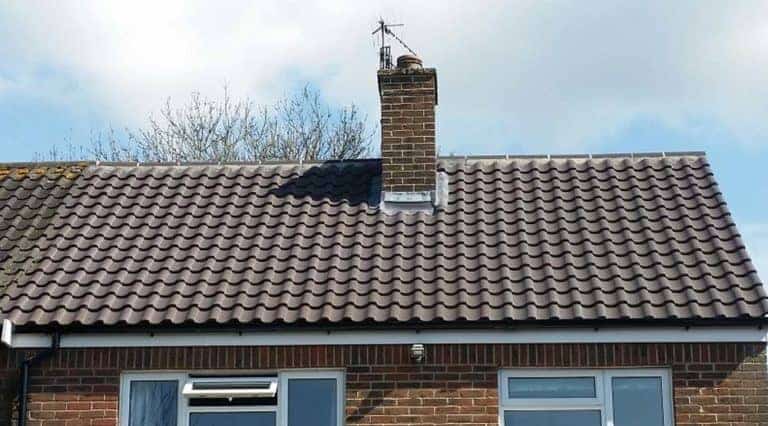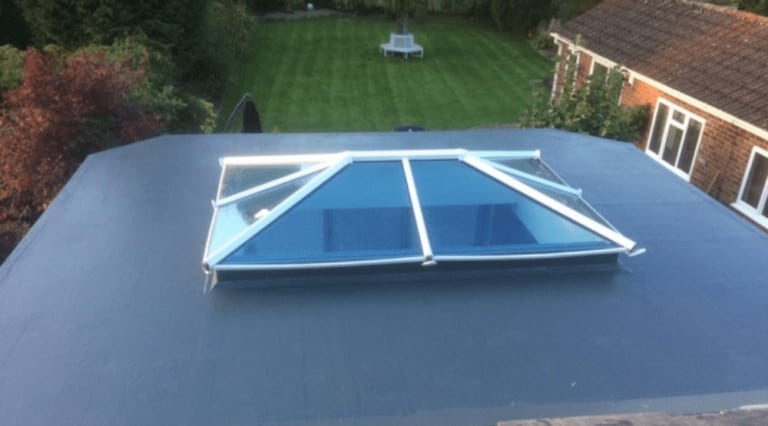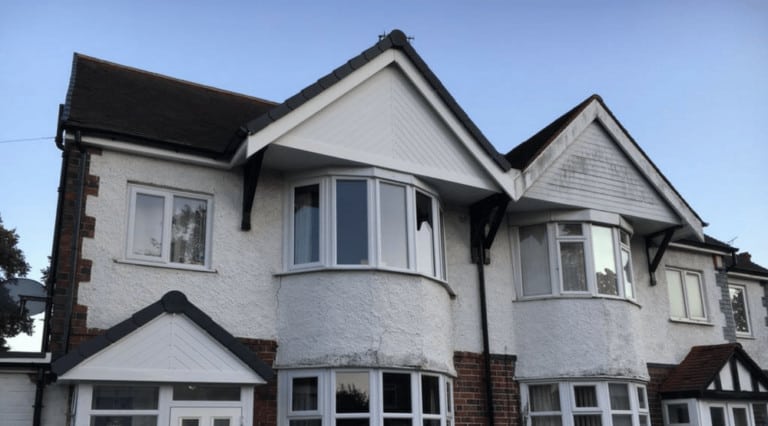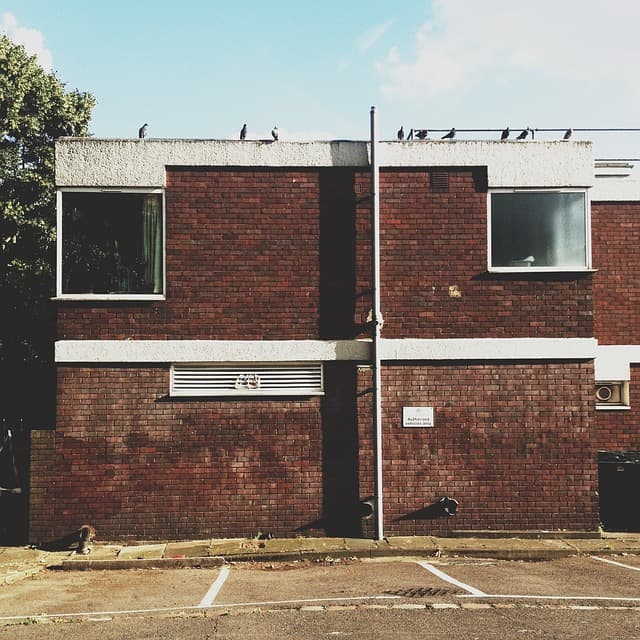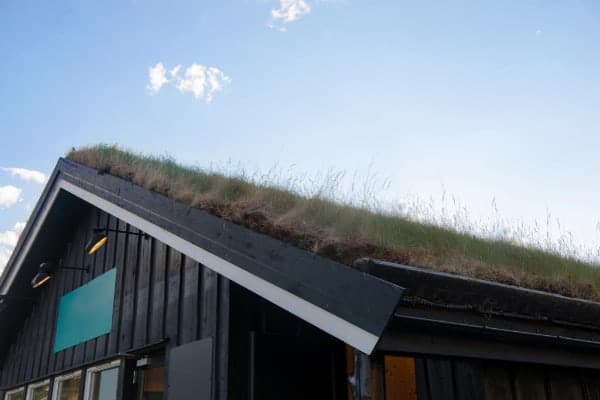Find My Local Expert Signs Your Home Needs Chimney Repointing...
Read More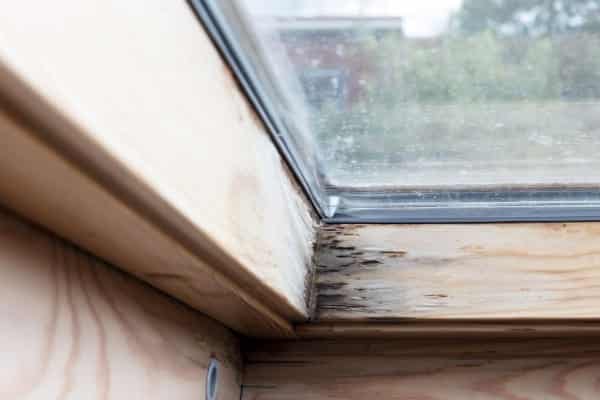
How to Spot a Leaking Roof Like a Pro
Few people appreciate just how damaging water can be until it finds its way into their homes in places it shouldn’t be. Water can achieve a great deal over long enough periods—you only have to look at the erosion of mountains to know that—but it doesn’t need a geological age to cause problems in your home.
At the very least, a water leak in your home is an inconvenience—no one wants to sit down for an early morning coffee and have water dripping on their head. But in truth, a water leak is almost always worse than an inconvenience.
Water causes almost immediate damage to things like drywall and paintwork and greatly exacerbates the deterioration of wood. It causes unsightly stains and causes wallpaper to lose its grip on the wall. Somewhat more concerning, however, is the fact that water will nearly always lead to mold and fungus growth, especially when it gets in behind walls.
In something of a nightmare scenario, a leaking roof can even potentially cause major electrical problems. As you probably know, water and electricity are not a good mix, and that is certainly the case for your home electrical network and leaking roof water!
Subtle Side Effects of Leaking Roofs
We may have painted a few horror stories above about the consequences of a leaking roof, but there are far more subtle problems that can arise from a leaky roof, one of which is a drop in the thermal efficiency of your home.
With a few exceptions, many types of roof insulation react very badly to moisture, losing some or all of their insulating capacity. In some cases, the moisture itself doesn’t directly affect the insulation, but it does encourage the growth of mold and fungi, which eats the insulation.
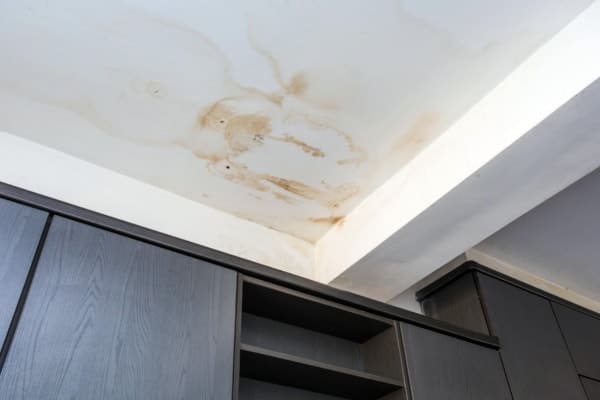
Heat rises, which is why roof insulation is so important. If you didn’t have roof insulation, you would lose a lot of your home’s heat straight up, which would be a waste of money. Unfortunately, your roof insulation acts as a direct barrier between any water leaking through the roof and where it wants to get to—straight down.
Identifying a Roof Leak
There are many signs that can alert you to the presence of a leaking roof, and being aware of those signs is just the first step. A leak can persist for many years before ever showing a sign that it is there, but, if you are lucky enough to be able to spot it early, you can save yourself a lot of money and aggravation by dealing with the problem before things get really bad. Here are some things to look out for;
#1 Water on the Ceiling
The most obvious sign that you have a leaking roof is water pooling on your ceiling. It will drip, of course, but surface tension means that the water can form wet patches even on upside-down surfaces.
We are talking about the upper-most ceiling in your home, of course. If you live in a two-story house and the first floor ceiling is leaking, but there is no leak coming through on the floor above, that would indicate a leak in between floors, such as a burst water pipe.
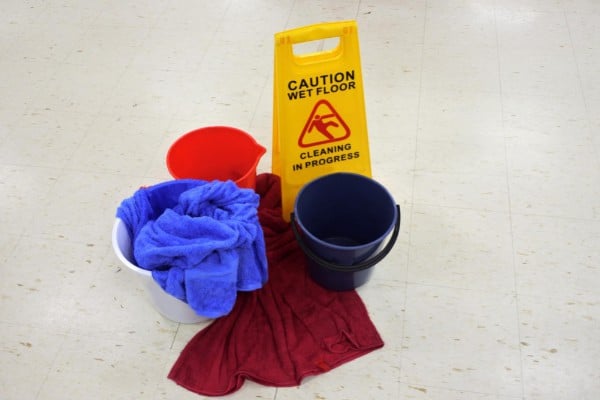
#2 Damp on Upper Walls
If you start getting damp showing up on the upper part of the walls that meet up with your highest ceiling, that could also be a sign that there is a leak. Of course, there are other things that can cause dampness to appear in this area, but it’s certainly worth investigating if you can’t find any other obvious causes.
#3 Sagging Ceilings
While it is unlikely that you would get a sagging ceiling without obvious signs of water, it is possible. If you notice your ceiling sagging in places, it could be because water is settling on the other side of it.
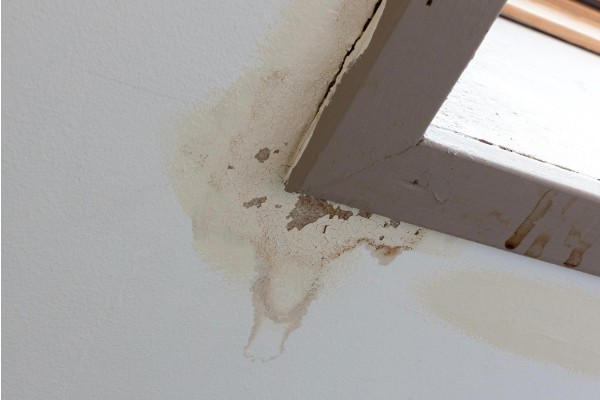
#4 Missing Tiles or Damaged Panels
Even if there are no signs of a leaking roof inside your house, if you spot missing tiles or shingles, or you notice damaged roof panels, you should assume that your roof is leaking until you have been able to verify that it isn’t.
Verifying That You Have a Leaking Roof
So, you suspect your roof is leaking, the next step is to confirm your suspicions. This is going to require you to get up close and personal with your roof. From the inside, that is—don’t go climbing any ladders and potentially hurting yourself.
For most homes, this will mean climbing into your attic, and that means being careful. If your attic has been boarded over and has lighting installed, this should be a much easier task. However, if the floor of your attic is bare insulation and there is no lighting, you will need to take a flashlight with you. Not only because you are going to need to be able to see the underside of your roof, but also because you need to make sure you tread carefully.
Your attic floor will be made of a series of joists (large wooden beams) with insulation between them. The gaps between those joists are not suitable for standing on, and doing so will likely result in you taking an unintended shortcut back down to the next floor.
Once you are up there and carefully balanced on your attic joists if necessary, start looking around. The most obvious sign of a problem is any kind of daylight getting through your roof.
If light can get in, so can water. After that, look for signs of dampness and wet patches. They should be far more visible up here than lower down in your property.
Not all the flaws in your roof will be obvious, however, so be sure to give it a thorough inspection. And, if you notice anything suspicious like nesting birds or signs of other animals that couldn’t have gotten into your attic through the house, that would also suggest there is a hole somewhere.
Conclusion
If you have a leaking roof, it is not the end of the world. Granted, if the leak is coming through a large hole created by a falling tree, there will be some significant repair work to undertake. More likely, however, it will be the result of a missing shingle or a cracked tile.
The design of a typical residential roof is not water-tight, but the tiles are installed in such a way that they overlap each other on the downward slope of the roof. Water will always take the path of the least resistance, and it is much easier to run straight down the roof than to work against gravity and slip up under the tiles. However, if a tile is damaged or missing, that water will find the easiest path to be straight through the resulting hole and into your property.
The good news is that fixing a problem like this is a relatively minor affair in the grand scheme of things. The bad news is that it will involve climbing up onto the roof. For single-story buildings, this might not be that daunting, but for taller buildings, it can be very dangerous.

While the task itself is easy enough to perform, it is not one you should undertake if you are not completely comfortable being up on the roof, as well as thoroughly versed in all the necessary safety precautions you should be taking while you are up there. If not, we strongly recommend getting a roofing expert to take care of the problem for you.
If the problem is something a little more involved, such as a leak coming through the flashing, will likely want to call an expert no matter how comfortable you are being on the roof, as repairing something like that will take a lot more skill and experience to do right, and the longer you are up there, the greater your chances of having an accident.
Similarly, less conventional styles of roofing, such as roof panels, or lead roofing, will not only warrant the attention of an expert, but you may also benefit from finding a roofing expert who specializes in the type of roof you have. Generally speaking, a typical roofer will be able to work on any type of roof, but some do specialize.
Another thing to look out for is any features on your roofs, such as chimneys, and roof vents. Any break from the uniform flat surface of your roof represents a potential weak spot where water can get in if things aren’t sealed up properly, which is another reason to call an expert if this is where your leak is coming from.
It is important to remember that a leaking roof is not something you should ever try to put up with. Even if it is not affecting your day-to-day life all that much, it will be causing potentially unseen damage to your home, the damage that will get worse the longer you leave it. Whether you do it yourself or call an expert, you should deal with it as soon as possible.
You May Also Like...
Roof Lanterns and Roof Lights Installation and Repair
Find My Local Expert Roof Lanterns and Roof Lights Installation...
Read MoreGuttering, Fascia and Soffit Repair and Replacement
Find My Local Expert Guttering, Fascia and Soffit Repair and...
Read MoreDo I need planning permission for a flat roof extension?
Find My Local Expert Do I Need Planning Permission for...
Read MoreAm I Allowed to Install Green Roofing in the UK?
Find My Local Expert Am I Allowed to Install Green...
Read MoreFound a Leaky Roof? Have it Fixed Today!
My Trusted Expert Guarantee
Experts Have Been Vetted & Approved
